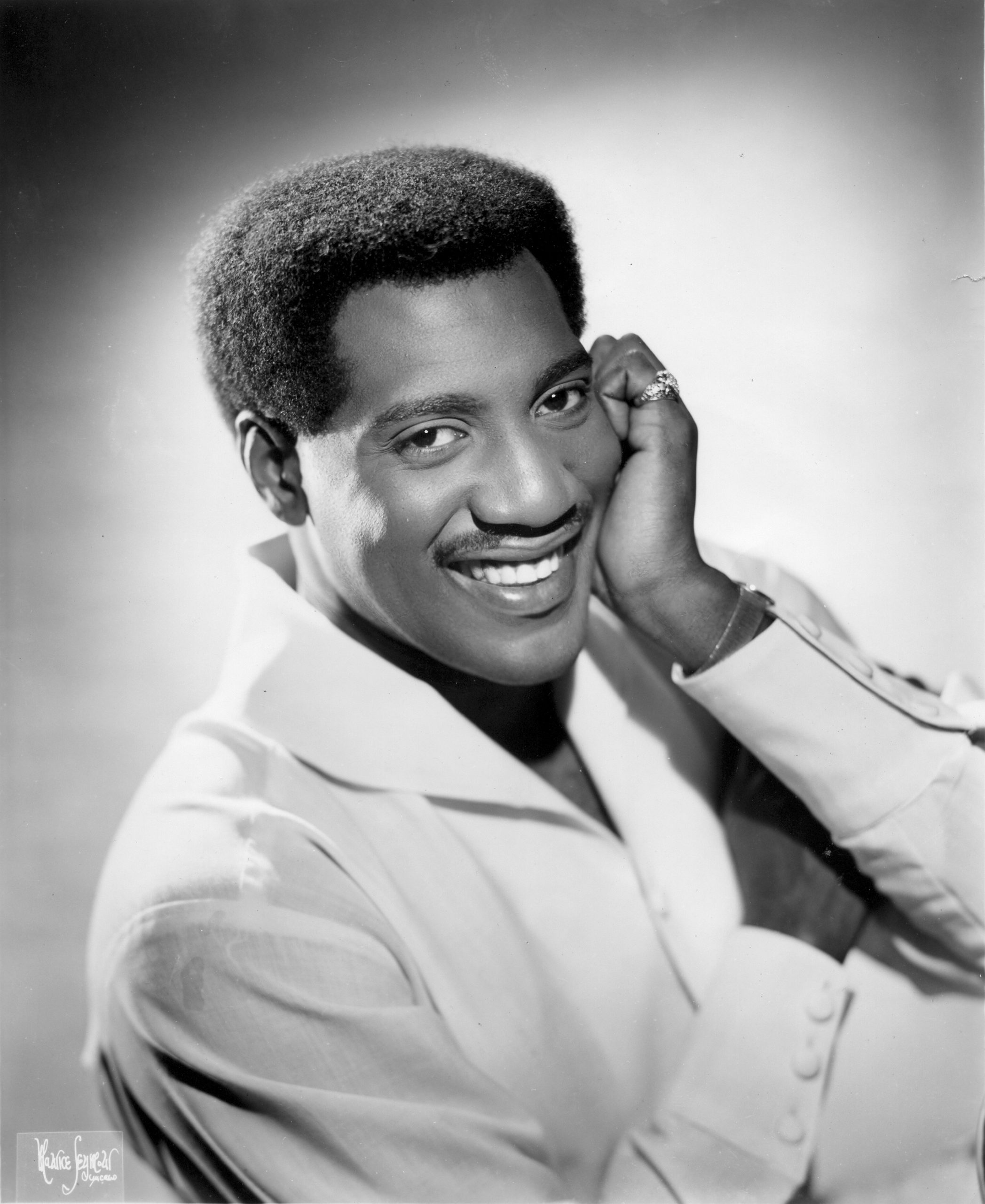FOUNDATIONAL INDUCTEES
Otis Redding

Life and music of Otis Redding
Born in Dawson, Ga., Otis Redding, Jr. and his family moved to Macon when he was two years old. At an early age, he began his career as a singer and musician in the choir of the Vineville Baptist Church. He attended Ballard Hudson High School and participated in the school band. As a teenager, he began to complete in the Douglass Theatre talent shows for the five-dollar prize. After winning 15 times straight, Otis was no longer allowed to compete.
Otis joined Johnny Jenkins and the Pinetoppers in 1958, and would also sing at the “Teenage Party” talent shows sponsored by local celebrity disc jockey King Bee, Hamp Swain, on Saturday mornings initially at the Roxy Theater and later at the Douglass Theatre in Macon.
Otis drove Johnny Jerkins to Memphis, Tenn., for a recording sessions in August 1962 at Stax Records. At the end of the sessions, Stax co-owner Jim Stewart allowed Otis to cut a couple of songs with the remaining studio time. The result was “These Arms Of Mine”, released in 1962. This was the first of many hit singles(including classics “I’ve Been Loving You Too Long”, “respect” and “Try A Little Tenderness”) that Redding enjoyed during his tragiclly short career. After nine months, he was invited to perform at the Apollo Theatre for a live recording and would go on to showcase his dance movements with “Shake” and “Satisfaction.”
After years of ambition and drive, Otis Redding’s sacrifices paid off. He appeared throughout the United States, Canada, Europe, and the Caribbean. His concert tours were amoung the biggest box office smashes of any touring performer during his time. He was notminated in three categories by the National Academy of Recording Arts & Sciences (NARAS) for recordings he made during 1967. 1968 was destined to be the greatest year of his career with appearances slated at such locations at New York’s Philharmonic Hall and Washington’s Constitution Hall. Redding was booked for several major television network appearances including The Ed Sullivan Show and The Smothers Brothers Show. He was posthumously inducted into the Georgia Music Hall of Fame in 1981 and the Rock & Roll Hall of Fame in 1989. In 1999, he was a Lifetime Achievement Grammy Award.
In 1970, Warner Brothers released an album of live recordings from the June 1967 Monterey International Pop Festival, featuring Otis Redding on one side, and Jimi Hendrix on the other. This record is evidence that the hip white audiences, better known as the”love crowd”, were digging Otis Redding just as much as the black audiences for whom he had always played. His energy and excitement, his showmanship, and his relationship with the crowd made Redding a master as a performer who had the rare gift of being able to reach audiences the world over.
The song
